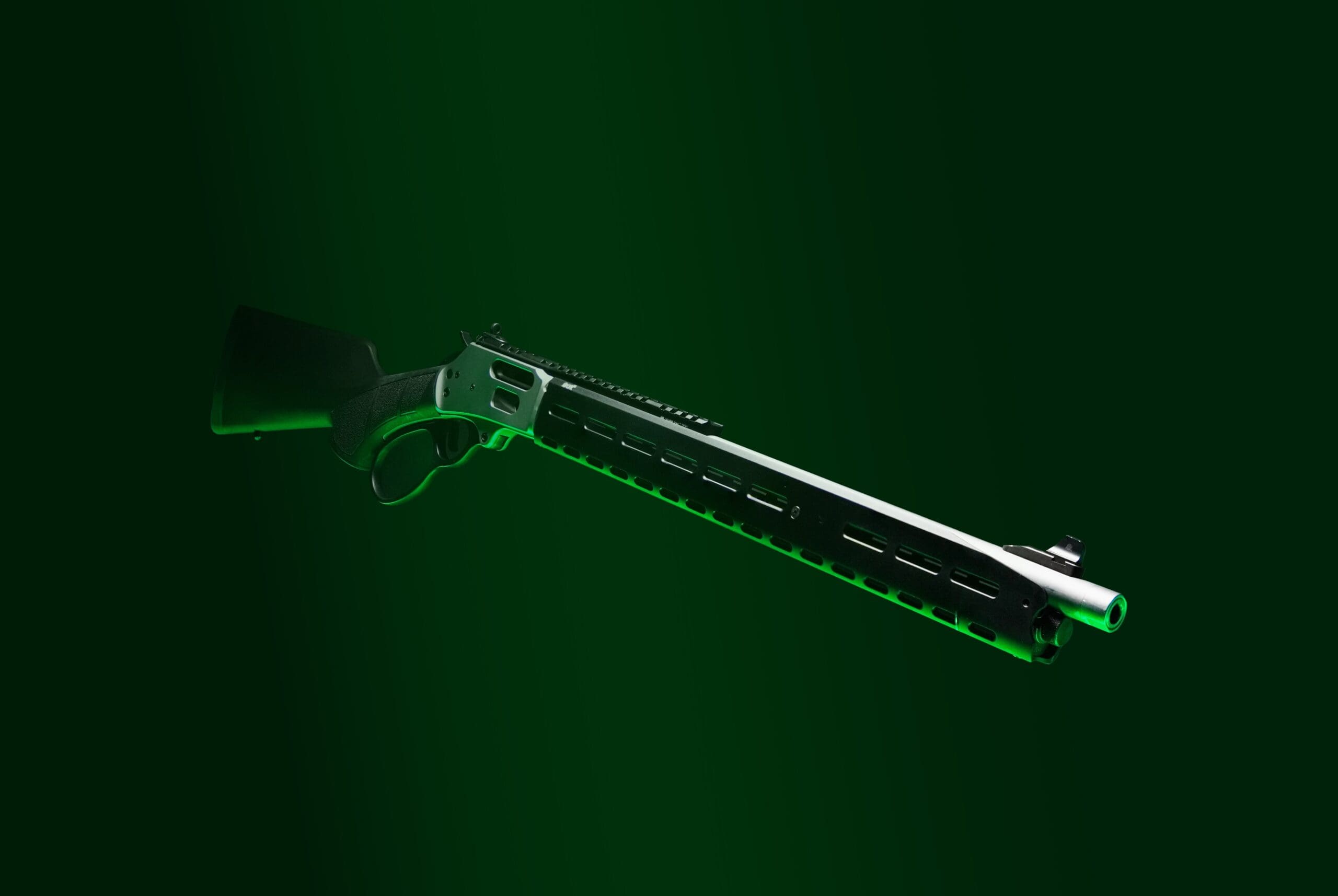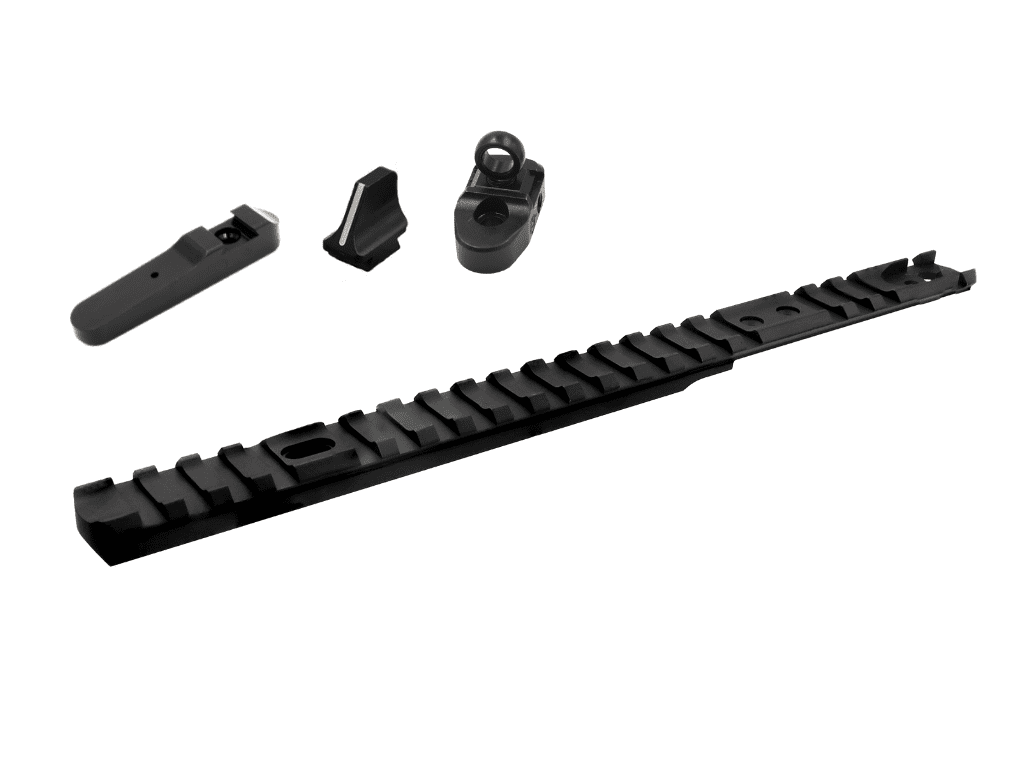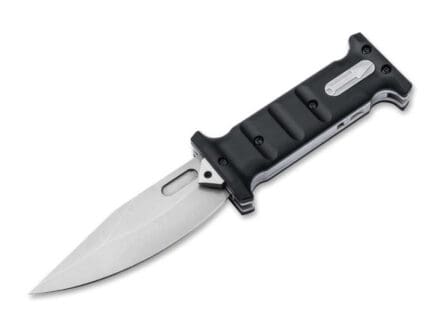Complete Leadership Village, Onsite Urban Outdoor Experiences, and Collaboration with Garage Grown Gear and Founded Outdoors Next-generation outdoor brands, curated experiences, and small-batch innovators take center stage as Outdoor Retailer evolves in Minneapolis, August 2026
MINNEAPOLIS (October 27, 2025) – Continuing to build upon a re-envisioned platform, Outdoor Retailer, the premier B2B gathering for the $1.2 trillion North American outdoor industry, today announced its complete Leadership Village, a collaboration with Garage Grown Gear (GGG), the St. Paul–based platform dedicated to supporting small and cottage outdoor brands and Founded Outdoors, and the launch of onsite outdoor experiences as part of the show’s evolution as it moves to its new home in Minneapolis, August 19–21, 2026.
Co-led by Sunny Stroeer, renowned athlete and founder of Summit Scholarship, and Paul Gagner, industry veteran and former president of Sierra Designs, new additions to the Leadership Village include:
It Takes a Village
Chris Nance, senior director of product development and sourcing for packs and equipment at Cotopaxi, is an outdoor product and supply chain leader with 20+ years of hands-on experience, driving human-centered, sustainable innovation and strategic product excellence.
Stephen Regenold, founder of Gear Junkie, is a nationally syndicated journalist who has covered the outdoors industry for over two decades, including as a correspondent for the New York Times, residing in Minneapolis.
Tyrhee Moore, American mountaineer, member of the first all African American team to climb Denali in 2013, and founder of Soul Trak Outdoors.
Xavier Abdullah, a Minneapolis-based climbing coach, content creator, and community catalyst, has a mission to introduce new climbers to the sport and bridge the gap between indoor gyms and the outdoors.
Becky Philipp-Kranig, owner, Bearcub Outfitters, longtime outdoor specialty retailer in Petoskey, Michigan.
Chris Goddard, founder and CEO of CGPR, a public relations firm and a division of Off Madison Ave, specializing in consumer active lifestyle brands where outdoor, technology, fashion and sustainability intersect.
“There needs to be a place where ideas, creativity, and community can come together and collectively shape the future of the outdoor industry,” said Chris Nance, senior director of product development and sourcing for packs and equipment at Cotopaxi. “A refreshed Outdoor Retailer can become that place. I’m looking forward to contributing to the Leadership Village and helping this platform amplify the voices of emerging brands and established leaders.”
Previously announced Leadership Village members included: Dana Caraway, founder and Principal, Caraway & Co; Mike Massey, founder, Locally; Peter Sachs, outdoor industry veteran and former GM, LOWA Boots; and Sasha DiGiulian, champion climber and global outdoor advocate.
In addition, Outdoor Retailer is establishing an Advisory Panel, an informal group of outdoor community devotees who indicated their willingness to help curate the future shape of Outdoor Retailer.
Garage Grown Gear Summit + Founded Outdoors Campsite Pavilion: Spotlighting Independent Innovation
In partnership with Outdoor Retailer, Garage Grown Gear and Founded Outdoors will host the inaugural Ascent Summit on August 19, 2026, bringing together more than 200 founders of independent and specialty outdoor brands for a day of education, collaboration, and community.
Designed to inspire progress across the outdoor industry, the Summit will feature thought-provoking panels, hands-on learning sessions, intentional group discussions, and a tour of GGG’s St. Paul headquarters, all focused on driving the next generation of outdoor brand leadership.
The collaboration extends onto the show floor with the GGG + Founded Outdoors Campsite Pavilion, featuring 50–100 small and medium-sized retail-ready brands from across North America. The Pavilion will showcase creative storytelling, innovation, and emerging trends driving the next generation of outdoor products.
“Outdoor Retailer is creating the space for what’s next, a place where innovation, creativity, and connection come together to move our industry forward,” said Lloyd Vogel, CEO of Garage Grown Gear. “Their commitment to investing in new, future-focused programming empowers independent makers and emerging brands to shape the next era of outdoor recreation.”
Added Emily Holland, community manager, Founded Outdoors, “Founded Outdoors is inspired by the evolution of Outdoor Retailer and its commitment to creating more opportunities and value for small businesses at this iconic event. We’re proud to partner with Garage Grown Gear to showcase the creativity and ingenuity of independent outdoor brands. Our mission has always been to help founders build sustainable businesses and authentic communities, and this collaboration brings that vision to life in a powerful way.”
Celebrate Minnesota Outdoors: Where Business Meets the Outdoors
To celebrate Minnesota’s vibrant outdoor landscape, Outdoor Retailer will introduce Celebrate Minnesota Outdoors, August 20 and 21. From 7:00–10:00AM, attendees may participate in climbing, biking, trail running, and other outdoor experiences guided by local outfitters, brand partners, and professional athletes. Attendees will have an opportunity to curate their own personalized outdoor experience through the Outdoor Retailer app.
“Minneapolis has an incredible outdoor vibrancy; it’s woven into the fabric of the city and the people who live here,” said Stephen Regenold, Gear Junkie Founder. “That spirit is exactly what these early-morning sessions are about, celebrating the outdoors, sparking connection, and starting the day with the same energy that defines this community.”
A Show Reimagined
Outdoor Retailer’s move to Minnesota has strong local support, with outdoor recreation contributing $13.5 billion to the state’s economy in 2023. The 2026 event will build on that foundation with investments and initiatives, including:
Launch of the Grassroots Outdoor Alliance Scholarship supporting specialty retailers
Complimentary exhibit space for leading Minnesota-based and mission-driven non-profits
Industry Day conference on timely topics such as AI, sustainability, and supply chain
Revival of the Outdoor Industry Innovation Awards
“Together, these initiatives position Outdoor Retailer in Minneapolis as the central stage for innovation, collaboration, and growth across the outdoor industry,” added Stroeer.
outdoorretailer.com




























































































































